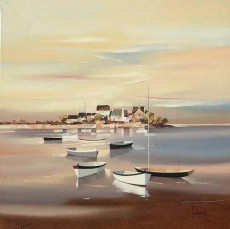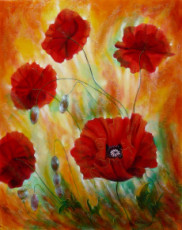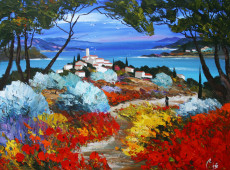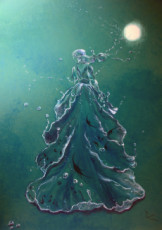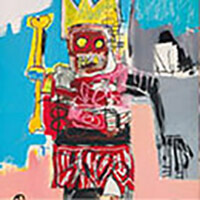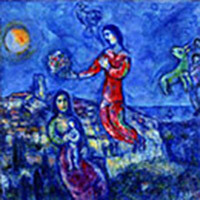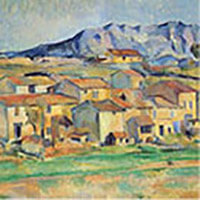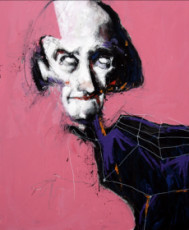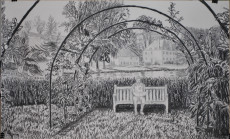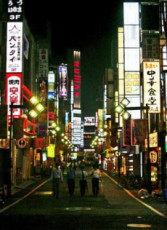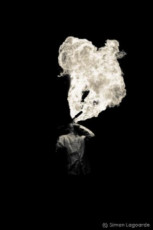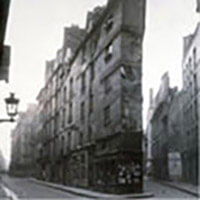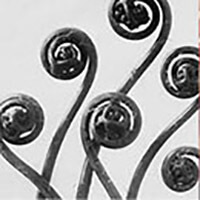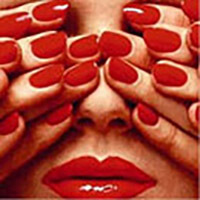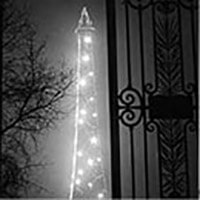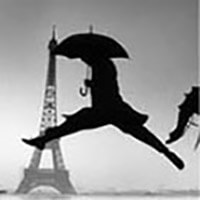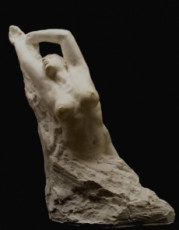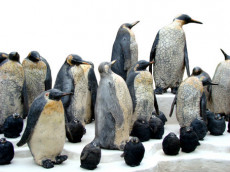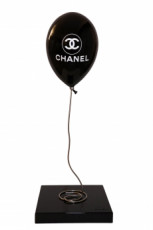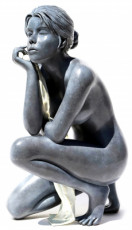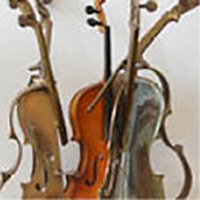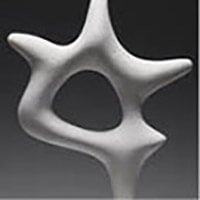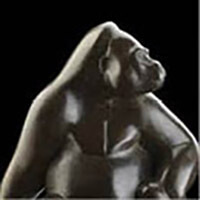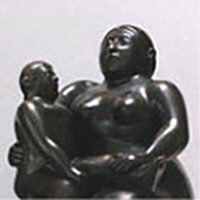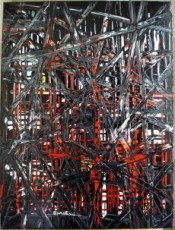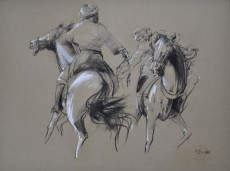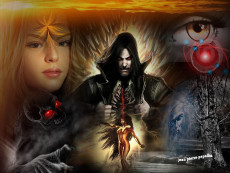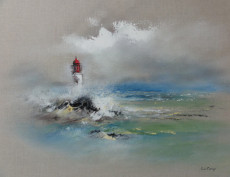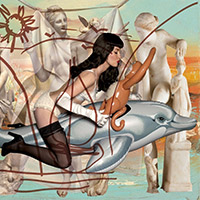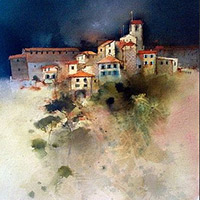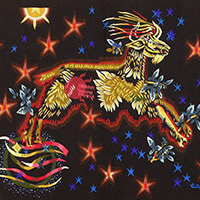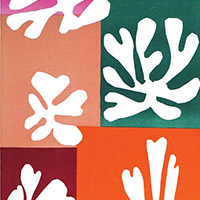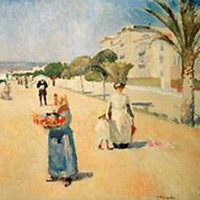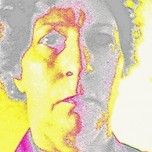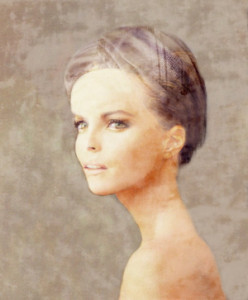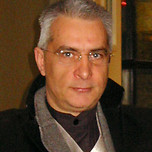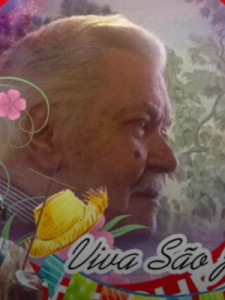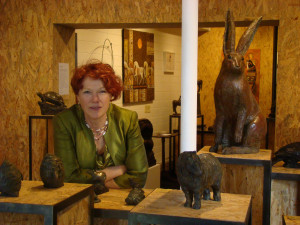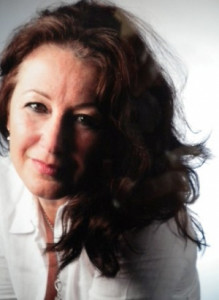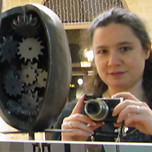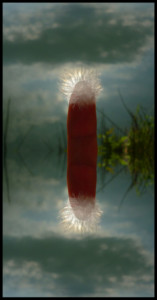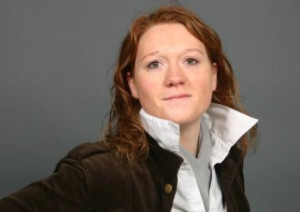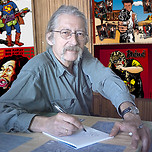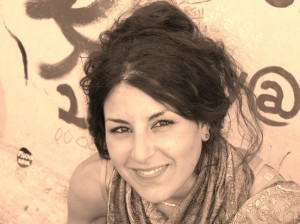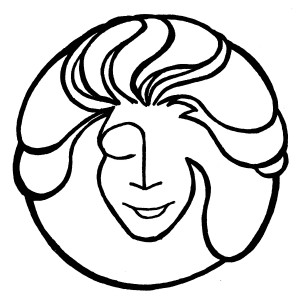
The stunning red of Matisse’s studio

About the exhibition “Matisse – L’Atelier rouge” on view until September 9 at the Louis Vuitton foundation in Paris.
Certainly, the painting L'Atelier rouge by Henri Matisse (1869-1954), currently exhibited at the Louis Vuitton Foundation in Paris, is an emblematic work of modern art. But why then? Painted in 1911 in the Issy-les-Moulineaux workshop, this work of art is primarily a centerpiece of Matisse's so-called “Fauve” period, characterized by the bold use of bright colors and simplified shapes. . Leader of Fauvism, the artist uses here a palette of dominant reds which subverts the conventions of perspective and color. The omnipresent bright red creates the sensation of an enveloping and intimate space, while the other colors (blue, yellow, green) add striking contrasts.
The artist's studio is then the main subject. Which is not common on the art market, especially at the beginning of the 20th century. Who would want to buy a work of art that simply represents other works of art for sale? This is a far cry from Matisse’s concerns. The artist is not an art dealer. Everyone has their own job. Here he represents his work space with a multitude of objects (paintings, sculptures, furniture and other personal elements), the accumulation of which allows us today to enter his creative universe, reflecting his creative process and his thinking. artistic. And what’s great about the Louis Vuitton Foundation exhibition is that it brought together the majority of the works of art appearing on the painting! Retracing the history of this coup. A “coup of brilliance which shifted painting into modernity and disoriented Matisse himself”, bluntly writes Emmanuelle Lequeux in the June issue of Beaux Arts Magazine, even specifying that “with the Atelier rouge, a staggering canvas of 1911, the painter reinvents himself in a stunning gesture.” Enough to become an exhibition in itself!
“What happened to him? Why on earth did Matisse suddenly see red, drowning his canvas in this brick shade which spares no detail? » asks the journalist. “This painting did not turn out as I had imagined it at the start,” the artist confided to the Hungarian writer Vilma Balogh at the dawn of 1912. “I like it, but I don’t understand it completely. do. I don't know why I painted it exactly like that. » So the painter, then at the height of his glory, would have let himself be carried away by painting. “Even today, the astonishment remains, caused by this all-over before its time,” writes Emmanuelle Lequeux.
The composition of L'Atelier rouge is both bold and thoughtful. Matisse plays with dimensions and perspectives to create a feeling of visual harmony. The objects are delineated by thin, simplified lines, almost like sketches, allowing the colors to dominate the scene. In some places, the artist has painted a pink undercoat, in others it is blue, which turns the Venetian red in the most delicate way, making the space vibrate. A stunning surface on which eleven recent works, paintings or sculptures seem to float. “A gallery in suspense, an inventory of its creation at time T.” writes the journalist from Beaux Arts Magazine. “The miracle of the Louis Vuitton Foundation exhibition is to bring them together exceptionally, one hundred and thirteen years after this apotheosis. Only two could not be found: the plaster bust Jeannette (IV) has disappeared, only the bronze prints remain. And the Large Nude of 1911, which Matisse nicknamed Night, was destroyed after his death, at the request of the dissatisfied painter. The Atelier rouge offers the only souvenir in color. »
In that winter of 1911 in the studio in Issy-les-Moulineaux where he had just moved, Matisse could have rested on his laurels after having reached the heights with his two versions of La Danse. But the one who has become the stylist of a certain joie de vivre suddenly reinvents himself. Thanks to the order of the Russian magnate Sergei Shchukin, who has just acquired the famous round of orange bodies floating on a green and blue background, but who still wants more. Like any good and wealthy collector, he is never satisfied. And he gave Matisse carte blanche to create three painted panels for him. Which then launches into research in all directions... Giving birth to L'Atelier rouge. We can never say enough good things about patrons... when they don't just place orders to influence the prices of the contemporary art market. However, this new work of art for sale may well be exhibited in New York, Chicago, Boston or Düsseldorf, but it finds no buyer. It was not until 1926 that the painting adorned the walls of a famous night club in Soho, and 1941 for it to be exhibited at the MoMa. Only there will it begin to cause a stir. We know in particular that Mark Rothko often came to contemplate it…
While this revolutionary work has influenced many artists and critics, it of course continues to be studied for its contribution to the evolution of modern art. Beyond its importance in art history, this painting is a testimony to Matisse's innovative approach to color and composition. As we have seen, it embodies the essence of the Fauvist period and Matisse's quest for pure and intense artistic expression.
The presence of L'Atelier rouge at the Louis Vuitton Foundation therefore offers visitors a unique opportunity to admire a flagship work of modern art in an exceptional architectural setting, including a 3D reconstruction, but also allows them to rediscover Matisse under a new day, appreciating the audacity and mastery that characterize this iconic canvas. “At this crucial moment in the evolution of modern art, Henri Matisse did not choose between figuration and abstraction, between illusory pictorial depth and the flatness of the image. Rather, he relies on color to express his world in a way that is both concrete and conceptual,” analyze Ann Temkin and Dorthe Aagesen in the catalog of the exhibition presented by the Louis Vuitton Foundation.
Personally, I loved having the feeling of going back more than a century, and I had fun playing the game of seven errors by comparing the original works to their representation by Matisse. But above all, I found it particularly touching to see one of his early paintings, painted in 1898 in Ajaccio: Corsica, the old mill. Because not only does it take us back to his honeymoon, during which Matisse discovered the island of beauty and the Mediterranean light, but it is also one of the first paintings that he painted, leaving color frames the composition... When we see that thirteen years later it absolutely and masterfully dominates it in L'Atelier rouge, we say to ourselves that there is definitely no coincidence.
 Article written by Valibri in Roulotte
Article written by Valibri in Roulotte
Illustration: Henri Matisse, L'Atelier rouge, Issy-les-Moulineaux, 1911. The Museum of Modern Art, New York. Mrs, Sormon Guggenheim Fund 1949 ®H.Matisse Estate
© Digital image, The Museum of Modern Art, New York / Scala, Florence





